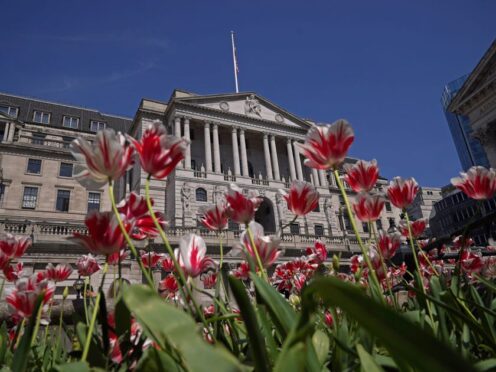The Bank of England’s top economist has boosted hopes of lower borrowing costs after saying it is “not unreasonable” to expect the Bank to consider cutting interest rates over the summer.
Huw Pill, the Bank’s chief economist, told an online event organised by the accountancy body ICAEW that the Bank could consider cutting rates if inflation continues to ease off.
The pound fell 0.2% against the US dollar and the euro.

Mr Pill said: “I think it’s not unreasonable to believe that through the summer we will begin to see enough confidence in the decline in persistence that bank rate will come into consideration.”
Bank governor Andrew Bailey said last week that a rate cut in June could not be “ruled out”, although he stressed it was not a “fait accompli”.
His comments came as the Bank held rates at 5.25%, keeping them at the highest level since 2008, but were widely seen as strengthening the case for a cut.
Two members of the Bank’s nine-strong Monetary Policy Committee (MPC) also voted for a cut to 5% in a sign of growing support for a reduction.
But Mr Pill said the UK jobs market was still tight by historical standards, even though latest official data also out on Tuesday showed the unemployment rate rising to its highest for nearly a year, at 4.3% in the three months to March.
Regular pay growth has proved more stubborn, though, remaining unchanged at 6%, according to the ONS.
Most economists had expected a drop to 5.9%.
Mr Pill added a note of caution, stressing there is “some way to go” in getting and keeping inflation to the Bank’s 2% target in view of the ongoing strength in wage growth and relative robustness of the jobs market.
He said the Bank would be carefully looking at the upcoming jobs and inflation data before its next rates decision, with the April wages figure key as it will include last month’s near 10% rise in the national living wage.
